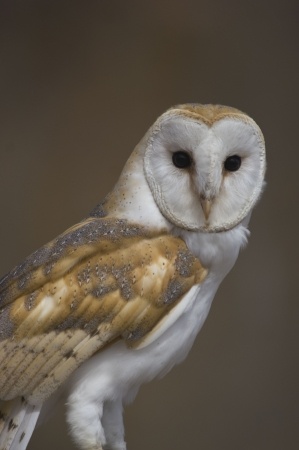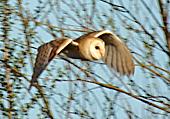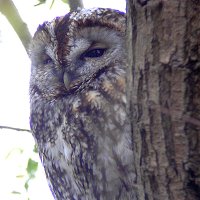- Home
- FAQs
- Customer Video Gallery
- Customer Photo Gallery
- Bird Facts
- Bird Food Blog
- Bird Information
- Feeding Advice
- Small Animal Information
- A to Z of Guinea Pigs
- A to Z of Hamsters
- A to Z of Rabbits
- Basic Care for Guinea Pigs
- Basic Care for Hamsters
- Basic Care for Rabbits
- Basic care for Chinchillas
- Basic care for Ferrets
- Basic care for Gerbils
- Basic care for Mice
- Basic care for Rats
- Buying a Healthy Small Animal
- Does your Reptile need a Licence
- Equipment for Ferrets
- Equipment for Hamsters
- Equipment for Mice
- Equipment for your Chinchilla
- Equipment for your Gerbil
- Equipment for your Guinea Pig
- Equipment for your Rabbit
- Keeping a House Rabbit
- Dog Information
- Cat Information
- Customer Information
- Fat Balls
- Suet Pellets
- Straights
- Seed Mixes
- Suet Treats
- Mealworms
- Bird Feeders
- My Account

| Scientific Name | Tyto alba |
| Breeding | April-May |
| Fledge Days | c. 60 |
| Incubation Days | 27-34 |
| Lifespan | 4 years |
| Number of Clutches | 1-2 |
| Number of Eggs | 4-7 |
| Size | 33-35cm |
| Weight | 300g |
| Wingspan | 85-93cm |
Barn Owl Facts - Information About Barn Owl
Barn Owl - Tyto Alba
The Barn Owl is our most easily identifiable Owl; it could only be confused with the much larger and incredibly rare Snowy Owl. The Barn Owl is one of five Owl species that occur naturally and commonly in the British Isles. It is our only pale Owl and its Latin name describes this, Tyto (Owl), Alba (white) - White Owl.
It would more likely to confuse it in flight with a large Gull or an Egret. The Barn Owl will comfortably hunt during daylight hours.
Identification:
Adults
- Adults alike.
- The Barn Owl is a medium sized Owl averaging 35cm in length and a wingspan of 90cm.
- These Owls always appear ‘white’ when seen at a distance or caught in the car headlights on a dark evening.
- When seen well you can see the beautiful beige and pale grey upperparts and the snow white underparts.
- The dark eyes are set into a very pale heart shaped face, the bill is pale horn.
- In flight it looks long winged and short tailed, wing beats are fast and elegant and when hunting the Owl will often stall and hover when prey has been sighted.
- Upper wings and tail are nicely barred, grey on beige/straw background and white below.
- On the continent a dark breasted form ‘Tyto Guttata’ replaces our pale breasted Western form.
- Bill and legs are pale and eyes are black.
Juveniles
Status and Distribution
The Barn Owl has declined in the UK due to farming practices and now has a breeding population of about 4,000 pairs, winter population’s increase to approximately 20,000 individuals.
The Barn Owl occurs in all counties throughout England and Wales but has a patchy distribution in Northern Scotland and far Western Ireland.
Habitat / Food
Typical habitat would be open fields, farmland, verges and pastures. They feed on small rodents, mice, shrews, birds and large insects.
Song / Call
Several call notes; most often a harsh hissing shriek, delivered by the female. Song is also a slightly longer drawn out shriek…….’screeeeee’








